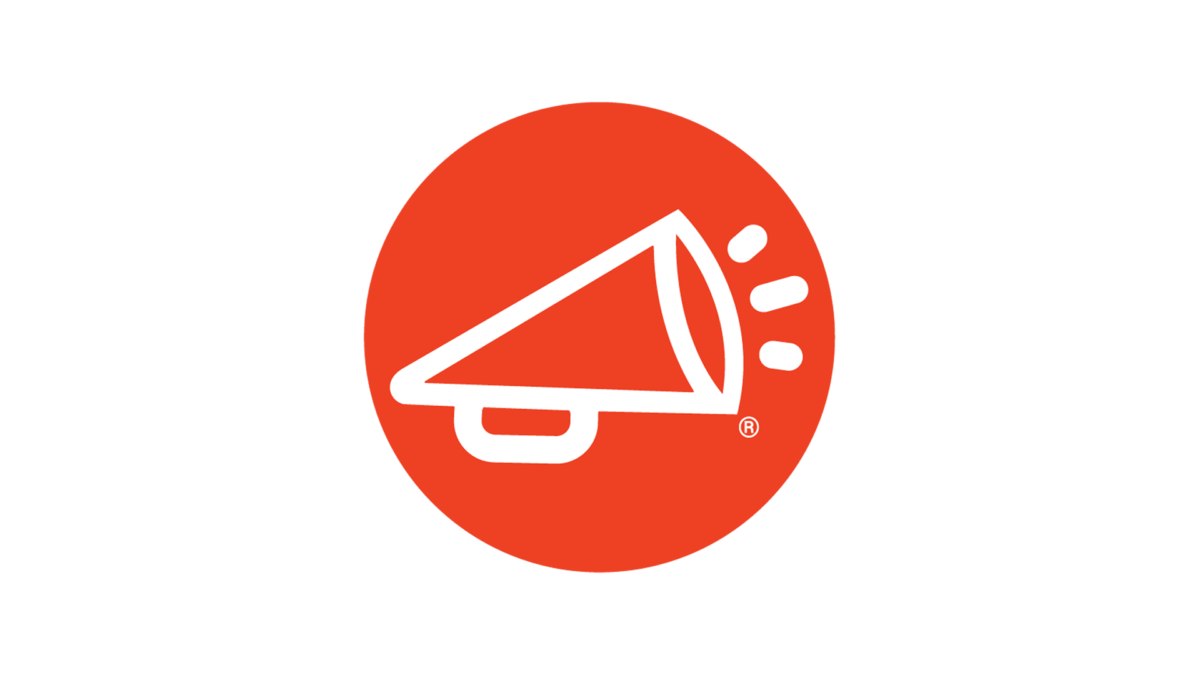

We’ve entered an exciting era for HR leadership, in which traditional skill sets and ways of thinking are being challenged and reconsidered. Now, unprecedented leadership opportunities are available to HR professionals eager to embrace new workplace priorities and lead employee-centric workplace programs.
The workforce has undergone a major upheaval in recent years, and HR executives have been given a seat at the table as key decision-makers within organizations. As companies reckon with evolving workplace expectations and the remote work trend, the role of HR leaders has drastically shifted. Rather than serving as supporting players managing routine processes, today’s HR leaders have been tasked with spearheading people-first strategies and initiatives.
Of course, adapting to this evolving HR mindset is no easy feat — but it is crucial for the success of HR professionals and the organizations that employ them.
According to a recent survey, 91% of HR leaders say the profession has changed dramatically over the last five years.
HR executives in previous decades were primarily responsible for managing processes, timesheets, and benefits. Over the past decade, however, HR leaders began demonstrating their ability to serve as trusted advisors and guide the organization’s talent management strategies. Since then, human-resource leaders have only continued to take on a more strategic and consultative role.
HR managers increasingly hold a front-row seat at the executive table — employing a unique combination of strategy, empathy, and analytical skills to make both data-driven and human-led decisions.
Employees today want more connection, inclusivity, and purpose at work. They also want more autonomy and flexibility, as evident by the abundance of remote and hybrid work situations. And as workforces become more diverse and dispersed, it has become a bigger challenge for HR leaders to establish workplace unity and engagement.
All this means that HR leaders are increasingly focused on developing strategies that cultivate a positive employee experience. According to a recent McKinsey survey, the following four areas are of the highest priority for HR leadership — and all revolve around attracting and developing talent:
As HR executives prioritize the human experience at work, they’re embracing new skills and adapting to agile and purpose-driven tactics. In particular, a growing number of human resources professionals aspire to attain both breadth and depth of HR knowledge – a leadership model known as T-shaped.
A T-shaped professional has deep expertise in a specific area combined with broad knowledge of various business functions. In HR, a T-shaped professional is essentially a ‘hybrid’ of an HR specialist and an HR generalist. This fusion of skills means that the individual does not only have extensive knowledge in one specific HR area but also an all-encompassing knowledge of varied HR domains.
The field of human resources is filled with many subcategories — from taxes to payroll, to talent management, to professional development. Thorough expertise in one of these areas allows HR leaders to add tremendous value to organizations. However, understanding the interplay between these various domains and tackling diverse projects is what catapults HR professionals into leadership positions.
This is particularly relevant to today’s HR managers, who must have a broad understanding of various HR functions to infuse every HR touchpoint with a more personal, human touch. With the employee experience at the forefront, HR leaders must be able to take a step back and envision how each HR domain plays a role in fostering a more engaged and satisfied workplace.


HR professionals in previous years were experts in compliance, administrative duties, and risk mitigation. And while these skills continue to be important, they must coexist with proficiencies in human empathy and social interaction. Additionally, as software and data analytics play a larger role in HR functions, it has become even more important for HR leaders to possess data literacy and technology skills.
Some top skills for current HR leaders include:
Where exactly do you start with the development of an outstanding employee experience? Extensive research reveals that workplace engagement, pride, well-being, and skill development are the core components of a productive work environment. Let’s take a look at each of these aspects and how they can be fostered:
Workplace Engagement
Engaged employees are enthusiastic about their work and dedicated to performing well. Employee engagement has an incredible impact on productivity and translates directly into better business outcomes. However, it needs to be nurtured, and the best way to do that is with an employee recognition program. Research shows that employees who receive meaningful feedback are four times more likely to be engaged than those who don’t.
Employee Well-being
For many years, efforts to enhance employee wellness have been known to improve work performance and employee retention. However, employee wellness has taken on new urgency as employees increasingly expect these initiatives. Implementing employee care efforts demonstrates leadership’s commitment to worker satisfaction while effectively preventing burnout and resignation.
Skill Development
Creating a culture of continuous learning is now a must for businesses that want to outperform their competitors. Especially as technology transforms traditional job responsibilities, it has become more important for employees to upskill and learn new ways of tackling problems and creating value. Additionally, as HR teams aim to develop people-first organizations, fostering human empathy and social connections is a worthwhile focus for employee training programs — particularly those aimed at management.


Effective employee recognition programs honor and reward employees who have demonstrated success and achieved new milestones. By implementing a modern employee recognition program, HR leaders can help ensure that a people-first approach trickles down throughout the entire organization.
When developing a program, human resources teams should incorporate best practices catering to current employee preferences. Here are some crucial components to consider:
Real-time recognition
Recognition is most beneficial when it’s provided in a timely manner — right after the praiseworthy action has occurred. When employees receive immediate praise and feedback, they know that peers and managers are taking notice and are more driven to continue succeeding in their subsequent tasks.
Varied incentives and rewards
Employees today want more than just gift cards as a token of appreciation. It’s important to offer both monetary and non-monetary rewards that encompass a wide range of employee preferences. This includes:
DEIB initiatives
Diversity, equity, inclusion, and belonging (DEIB initiatives help encourage feelings of belonging and emotional safety. By incorporating this framework into recognition programs, organizations can foster a work environment of greater inclusivity and purpose.
Global rewards
As companies seek to expand their talent pool and hire more professionals abroad, recognition programs must provide rewards under diverse cultural preferences and locations.
Workplace recognition is the lifeblood of people-first organizations. Rather than merely focusing on processes and compliance, HR leaders can achieve better outcomes by creating a culture committed to employee appreciation and overall well-being.
With the help of a robust employee recognition platform like WorkProud, it’s much easier for human resources teams to drive successful employee experience initiatives. Contact us today to learn more about our employee recognition software and consultative support for HR leaders.
WorkProud is committed to helping its clients create a unified approach to the employee experience by helping them build cultures of workplace pride. Trusted by millions of users at some of the world’s most recognized employer brands, WorkProud delivers a comprehensive approach to building company cultures that inspire people to be Proud of their Work and Proud of their Company.




Every month, we share news, knowledge, and insight into what we believe is a pretty simple proposition: If you are “proud of your work and proud of your company,” you are more engaged, more productive, and more likely to stay with your company for the long haul.
*By selecting “SIGN UP,” you agree to WorkProud’s Privacy Policy. You may unsubscribe from our newsletter at any time. Please note when unsubscribing: it may take up to 10 business days for your request to take effect.